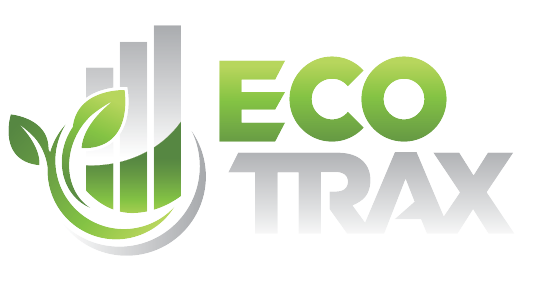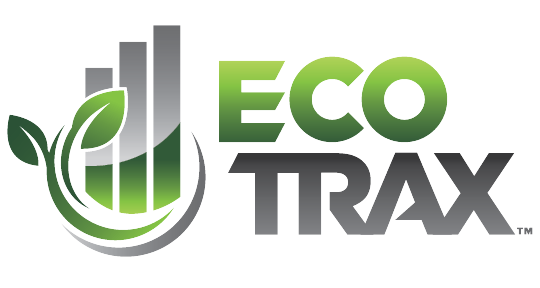Over the last decade, there has been an increased commitment across the world to reduce carbon emissions, with the United States committing to a reduction of 50-52% by 2030. In the private sector as well, companies are implementing their own strategic targets to reduce their carbon footprint, with many of these targets focused on supply chain-related activities. Most often, a company’s supply chain offers the greatest opportunity for impact reduction.
Carbon Emissions from Supply Chain Activities
Supply chain emissions make up a large part of total carbon emissions globally, with food, construction, fashion, fast-moving consumer goods, electronics, automotive, professional services, and freight supply chains listed by the World Economic Forum (WEF) as the supply chains which contribute the most, totalling more than 50%.
Greenhouse gas emissions are separated into three categories: Scope 1 covers direct emissions, Scope 2 covers indirect emissions, and Scope 3 covers all unowned indirect emissions. Supply chain emissions fall into the Scope 3 category. Within Scope 3 are the impacts of business air travel and commuting, recyclables and reusables, and solid waste.
Circular Frameworks for Emissions Reductions
There are many tools organizations can deploy to help reduce the carbon footprint of their supply chain. We explore several of these tools in greater detail in this post (link to Sustainability blog). One key step on the path to carbon neutrality is the implementation of a circular carbon economy approach to the management and reduction of carbon. This approach utilizes the four Rs: reduce, reuse, recycle, and reclaim, in a framework similar to the circular economy model of production and consumption. In circular models, resources are used, recovered, and reused in a closed loop, reducing the consumption of natural resources as well as the production of waste and emissions.
Applying Circular Approaches at the Distribution Center
Distribution centers are a critical part of most organizations’ supply chains. Not surprisingly, DC operations can therefore play a large role in reducing a supply chain’s carbon emissions, and circular frameworks are a key tool in achieving reductions. A few ways to implement circular principles at the DC include robust recycling, composting, and other waste diversion programs. DCs can employ a circular model to lessen carbon emissions by mitigating a closed loop circular materials recovery system where items are repurposed and reused, rather than discarded.
Because these programs can be time-consuming to administer properly, EcoTrax collaborates with companies’ procurement and DC operations teams to implement tech-enabled management strategies for all supply chain recyclables and food waste:
- Paper – recycled many times back into new packaging
- Plastic – recycled to produce new plastic products
- Pallets – recycled and repaired to extend useful life
- Organics – the objective is to keep 100% of food waste or organic matter from reaching the landfill, as organic waste will release methane (more than 80X more harmful to the environment than carbon) when in a landfill
The EcoTrax portal is powered by SustainLife and provides real-time audits of emissions data tracking relevant to Scope 3 emissions. As your trusted partner, EcoTrax ensures you receive 100% compensation for your waste and dunnage, 100% of the time. To learn more about partnering with EcoTrax, contact us.


